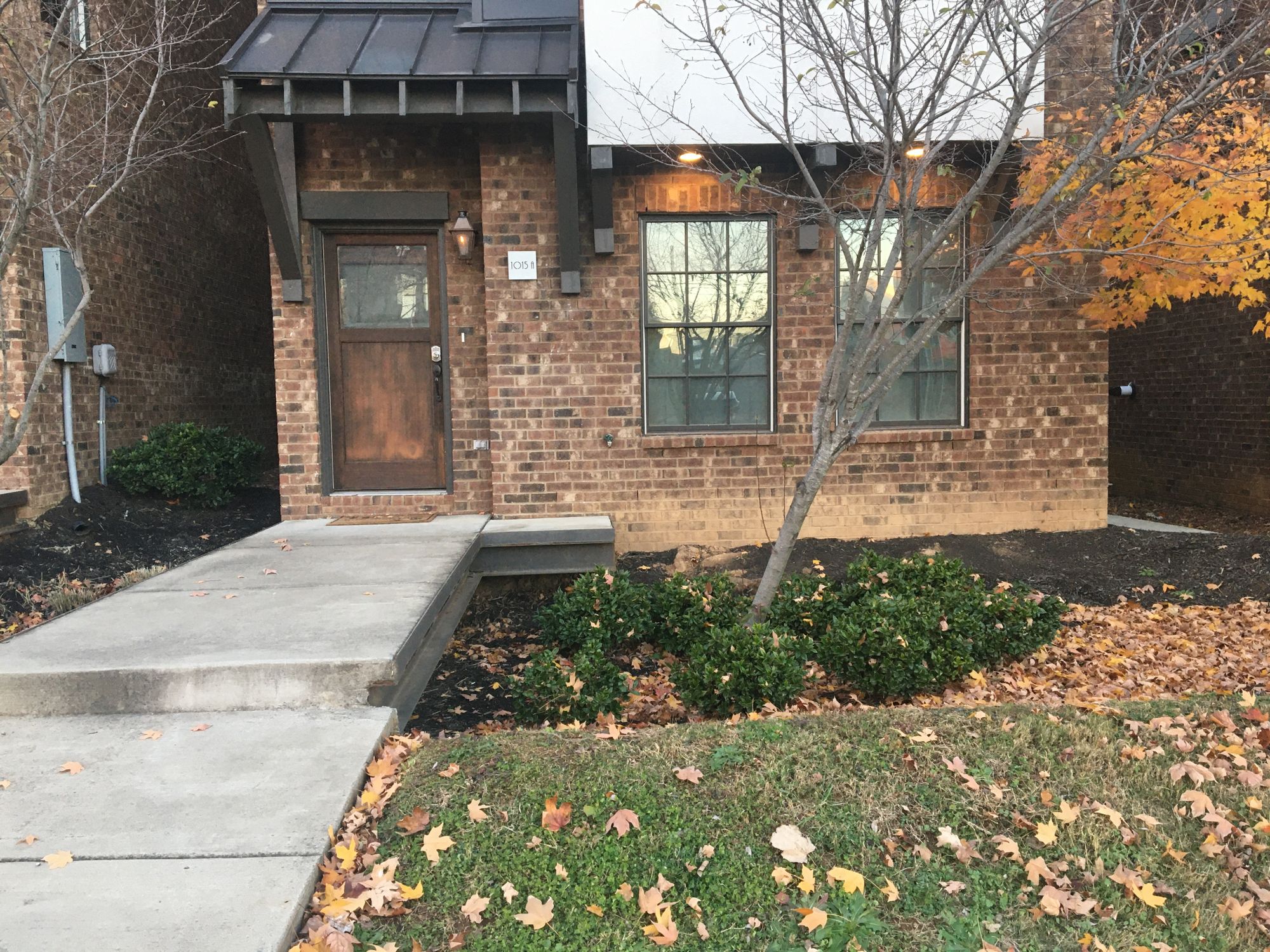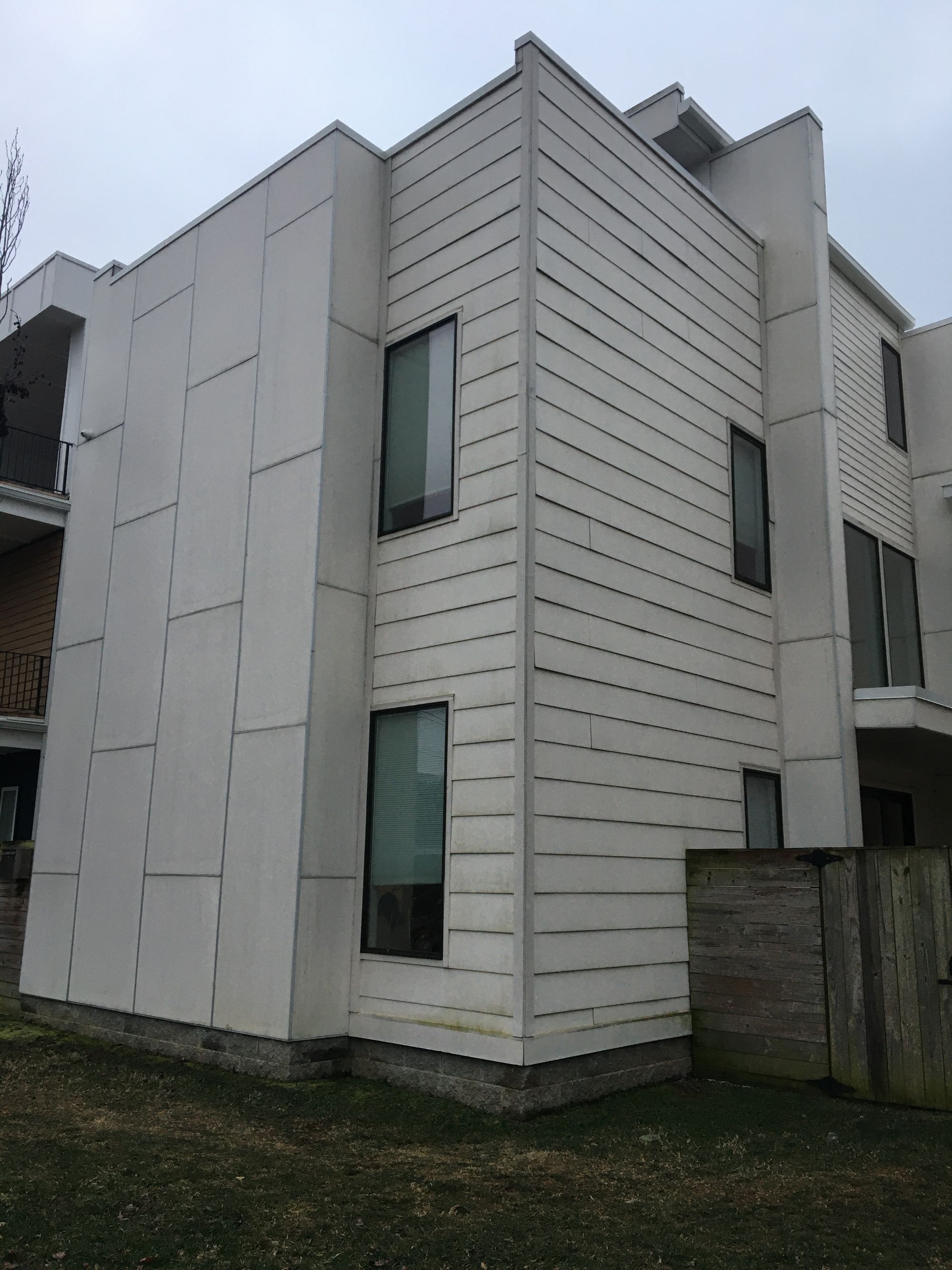
Tract Housing in Drag
The architectural trend that has Nashville by the short and curlies
The dominant Nashville architectural style can best be described as tract housing in drag. Tract housing is a building method where a large portion of land is clear cut and rows of uninspiring, cookie cutter houses are erected. It’s mass production: cheap, fast, thoughtless, and lucrative. Right now in Nashville, they’re building houses in the spirit of the tract, but they slap a bunch of shiny new styles on the exterior, add a balcony with a view, and voila. Sells like hotcakes!
Some of the components that make up this trend: builders after fast cash, faux architects or none at all, little resistance from communities, a large influx of people, and a materialist society that values newness and luster above all. The whole affair evokes the old bit of wisdom “all that glitters is not gold,” famously said by Shakespeare and reiterated by Tolkien. Soon enough the shine will fade and buyers will be left with crumbling bones and a bad deal. Simple houses that follow timeless principles have character and longevity. They are the real treasure.
According to the great architect that helped me make sense of this phenomenon, Anderson Kenny, it’s easier for a builder to break up a lot and sell three houses for $300,000 each than it is to keep the lot intact and sell one house for $1.5M. We’re watching builders take the easy route over and over again. How else are they going to capitalize on this feeding frenzy?
Builders take styles from the hot architects in the area and replicate them into oblivion. Each copy less meaningful than the last and further out of context from the original. It’s the corporate hijacking of art. They use a Hallmark version of the original style to hide the lifeless tract house beneath, it’s lazy, but it works. Increasingly, a builder will take many different styles and cobble them together in the same way Dr. Frankenstein assembled his monster. “I hereby dub thee Frankenhouse!” they cry to the heavens from their cubicle on a thundering, rainy night. They’ll assemble styles and skins at random, no principles, no rules, lines don’t match up, windows scattered about the joint, random mutations jutting out, features without purpose, and it gets written off as abstract, avant-garde, or something. They look like they were created by a child pressing random buttons on a sophisticated house rendering program. These houses are just like any other good in the modern age: cheap but with that nice new plastic shine.
Because they are constructed with little thought other than the check waiting at the end, they don’t hold up. For the most part, within a year, the landscaping washes out and struggles for survival, the exterior begins to look run down, and cheap parts start to fall off. I’ve been watching this intently. All of that, of course, is left to the buyer to figure out, the builder is long gone by then. On account of the bleeding exterior and the shedding of parts onto the yard, the houses don’t hold their value well. It all reminds me of the new car market.
These houses are part of a common theme in the modern age: our houses, cars, food, our own character - I’m including you and I because we are all responsible for the general state of our society - are all shallow as a birdbath and desperate to appear deep, though that’s not something you can fake.
In this new series we’ll be exploring the new style of home building that has taken Nashville by storm. We’ll point and laugh and hopefully some day soon people will see these houses as relics of a foolish age.


